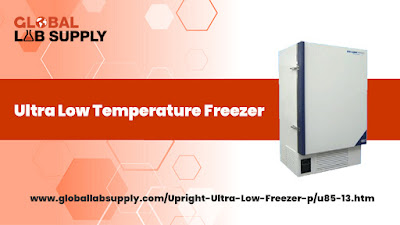Concerns over vaccine cold chain sustainability are once again being raised after three Covid-19 vaccines were licensed in the USA, and two more are expected to be approved soon.
In A Pharmaceutical Refrigerator, Why Is It Necessary To Have A UPS?
The UPS (uninterruptible power supply) may be used for various purposes beyond those often connected with backup power requirements. Power outages in pharmacy refrigerators and laboratory freezers, on the other hand, restrict medical professionals from opening the refrigerator and retrieving vaccines, which may lead to data loss or other operational concerns. Medicine fridges may keep their temperature for up to four hours after a power outage, as long as the door isn't opened.
As a result of recent news about the development of a Coronavirus vaccine, pharmaceutical refrigerators have come to public attention. It's important to point out the fact that many medications and medical supplies must be stored at a specific temperature range (usually between 2 and 8 degrees Celsius) to ensure their safety and efficacy (35.6F to 46.4F). After 8 degrees Celsius, the NHS Green Book declares that the "cold chain" has been broken, and the contents of the refrigerator must be treated as damaged or destroyed as necessary.
What UPS protects data?
Vaccines must be stored according to tight requirements, which means that a medical fridge outage may not only be an expensive annoyance, but it may also violate laws. For the CDC (Centre of disease prevention), the minimal criteria for acceptable refrigeration conditions:
"Measures have been made to limit the likelihood of an electrical supply being accidentally interrupted."
As previously stated, switchless connectors and unambiguous labelling are common approaches. Although reducing the risk of human mistakes, a switchless socket does not offer an additional source of power to the fridge in the event of a mains power outage.
Conclusion
It is recommended that vaccines and medications stored in laboratory freezers be maintained at a temperature of –15 to 50 degrees Celsius to ensure optimal shelf life. The first Covid-19 vaccination requires a temperature of -70 degrees Celsius (-94F) and can only be thawed four times before it degrades and denatures. Unlike other frozen vaccines, it has a five-day shelf life after thawing.

